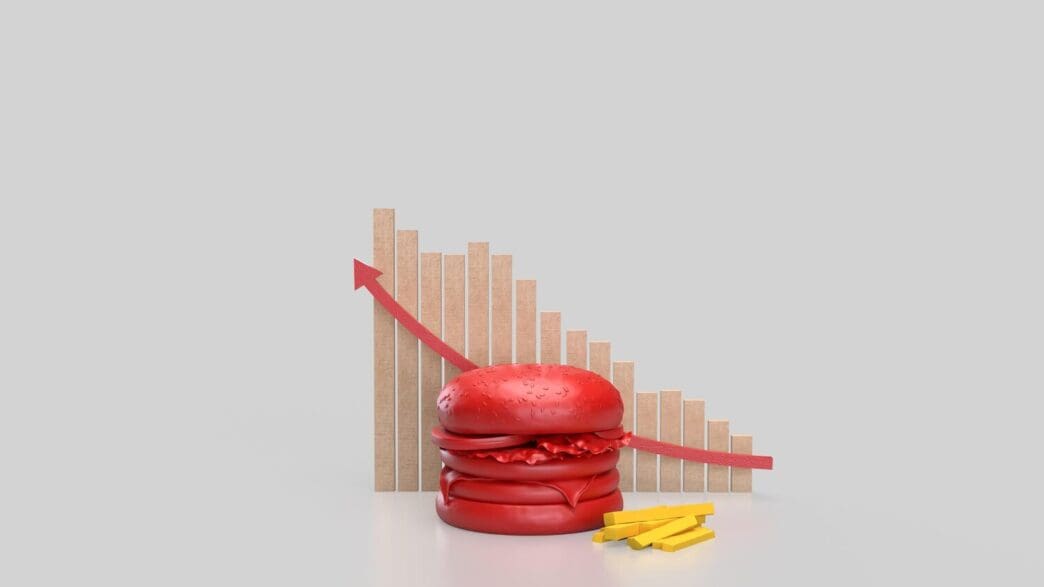Executive Summary
- Mark Zandi, chief economist at Moody’s Analytics, warns the U.S. economy could enter a recession by the end of 2025.
- Zandi points to slowing job growth, anticipated rising inflation driven by tariffs, and potential reductions in consumer spending as key indicators of a downturn.
- States collectively representing approximately one-third of the U.S. economy, including bellwethers California and New York, are noted as nearing or already in recession.
The Story So Far
- Economist Mark Zandi is warning of a potential U.S. recession by late 2025, a forecast that contrasts with President Trump’s positive economic assessments, citing critical indicators such as slowing job growth, the anticipated inflationary impact of tariffs, and potential reductions in consumer spending. This economic concern is further compounded by the observation that states collectively representing approximately one-third of the U.S. economy are already nearing or have entered a recession.
Why This Matters
- Economist Mark Zandi forecasts a potential U.S. recession by late 2025, driven by a combination of slowing job growth, anticipated inflation from tariffs leading to reduced consumer spending, and existing regional economic weaknesses across states representing a third of the national economy. This outlook directly contradicts President Trump’s assertions of robust economic health and suggests a significant risk of widespread economic contraction if these indicators continue their current trajectory.
Who Thinks What?
- Mark Zandi, chief economist at Moody’s Analytics, warns that the U.S. economy could enter a recession by late 2025, citing slowing job growth, anticipated rising inflation from tariffs, and potential reductions in consumer spending.
- President Donald Trump asserts the U.S. economy is robust and thriving, pointing to GDP growth, foreign investment, and low inflation as evidence of successful tariff policies.
- The White House dismisses current economic warnings by referencing previous predictions made during President Trump’s first term.
Mark Zandi, chief economist at Moody’s Analytics, has issued a warning that the U.S. economy could enter a recession by the end of 2025, despite President Donald Trump’s frequent assertions of robust economic health. Zandi, a forecaster of the 2008 financial crisis, points to slowing job growth, anticipated rising inflation driven by tariffs, and potential reductions in consumer spending as key indicators of an economy “on the brink” of a downturn.
Economic Outlook and Warning Signs
Zandi’s assessment contrasts with President Trump’s characterization of a thriving economy, which cites GDP growth, foreign investment, and low inflation as evidence of successful tariff policies. While acknowledging the economy is not currently in recession, Zandi expressed significant concern about emerging warning signs across various sectors.
Recent payrolls reports indicate that job growth has nearly stalled, though widespread layoffs have not yet occurred. Zandi views the absence of mass layoffs as a critical factor preventing an immediate, full-blown economic downturn. He anticipates that negative employment figures are likely to emerge soon, triggering more widespread recessionary concerns.
Tariffs and Inflationary Pressures
The impact of tariffs on American consumers has been slower than initially projected, largely because companies have absorbed costs rather than immediately raising prices. However, Zandi forecasts inflation to exceed 3 percent and approach 4 percent within the next year. This expected rise in prices could lead to a reduction in consumer spending, which is a primary driver of the U.S. economy.
He warned that a combination of rising prices and potential job losses could initiate a self-reinforcing cycle of economic contraction. The White House, in response to Zandi’s concerns, referenced previous economic predictions made during President Trump’s first term.
Regional Economic Weakness
Adding to his concerns, Zandi noted that states collectively representing approximately one-third of the U.S. economy are either nearing or have already entered a recession. He cited employment figures, industrial production, and housing starts as key indicators in these regions.
California and New York were highlighted as crucial bellwether states due to their substantial contributions to the national economy, underscoring the potential for localized downturns to impact the broader national economic landscape.
In summary, Mark Zandi’s forecast presents a cautious outlook for the U.S. economy, projecting a potential recession by late 2025. His analysis underscores the interplay of slowing job growth, the delayed but anticipated inflationary effects of tariffs, and regional economic weaknesses, urging close monitoring of these factors for their potential to shift the national economic trajectory.








